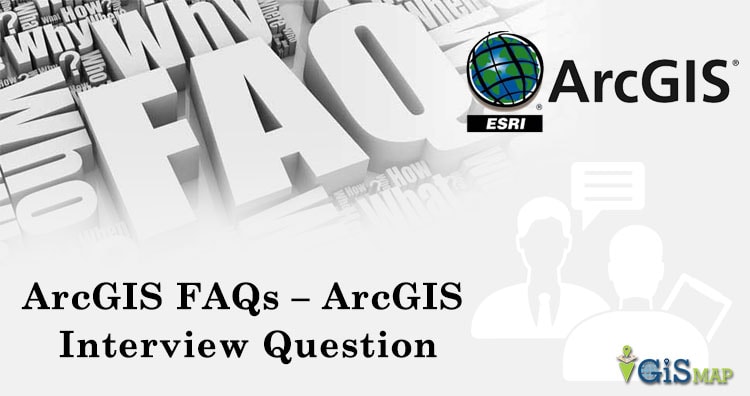ArcGIS FAQs – ArcGIS Interview Question
ArcGIS provides an infrastructure for making maps and geographic information available throughout an organization, across a community, and openly on the Web. Applying location-based analysis to business practices are some of the unique set of capabilities offered by ArcGIS. Here in this post we will check FAQs of ArcGIS and Common Question asked during Interview Question. ArcGIS … Continue reading “ArcGIS FAQs – ArcGIS Interview Question”

